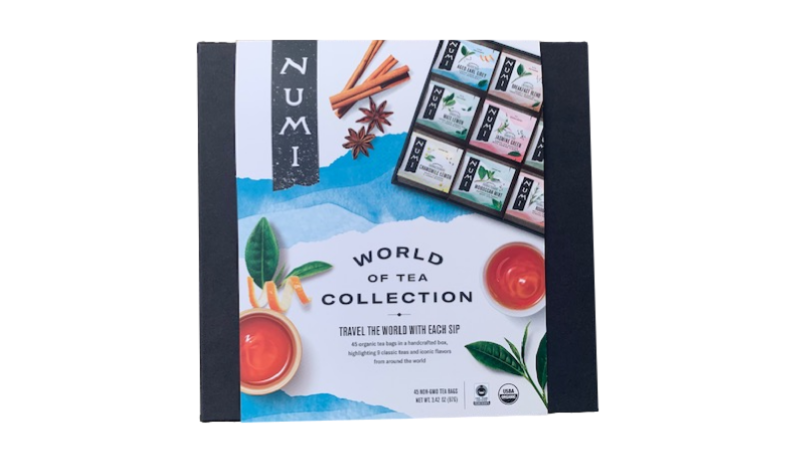Rigid setup boxes and folding cartons are some of the most popular box choices in the packaging world when it comes to customer experience and retail packaging. We love both packaging types here at PAX Solutions, but they have very different attributes, strengths, and weaknesses, which we will cover in this blog article.
There are many similarities between the box types. Both are made from paperboard or “chipboard”; however, the thickness of the starting paperboard material varies. Folding cartons and rigid setup boxes (also just called rigid boxes) both allow for high quality and high-end design styles. For example, they can have embellishments such as foil stamping, spot UV, embossing/debossing, soft touch coating, film windows, and many other cool and unique print applications.
The printing technology for folding carton and rigid boxes are very similar, which is one of the main reasons for their similarity. The biggest difference about how these are printed and their print technology is that folding cartons get printed directly while rigid boxes are wrapped with a direct printed sheet. If you want more information regarding different print technologies, please check out our blog Flexograhpy vs. Lithography vs. Digital Printing.
While rigid boxes and folding cartons have many similarities, they are also fundamentally different. The main difference is the thickness of the material and how the packaging is shipped to our customers who will be loading products into the packaging. We go into more detail about folding cartons and rigid setup boxes below.
Folding Cartons
Versatility, recyclability, and low unit cost are just a few of the main reasons why folding cartons are the packaging leader for consumer goods. The manufacturing process for folding cartons is also very efficient and has become automated over the years making this type of packaging a great fit for domestic manufacturing. Machines can usually print, die cut, fold, and glue the chipboard to produce the finished product in a fully automated process. Normally, the cartons are then shipped to the customer flat, and all the customer needs to do is construct the folding carton and insert the product. For larger volume applications, the construction and filling of the cartons is also automated. This efficient process makes folding cartons a quick and low-cost option for packaging.
Folding cartons also allow for quality printing and numerous print options to help differentiate your brand. Companies can add an array of specialty finishes and embellishments to the cartons to make them more unique and upscale. Folding cartons are used in virtually all industries including food and beverage, medical device, cosmetic, manufacturing, CPG, retail, electronics, pharmaceutical, home fragrance, supplement / vitamin, confectionery, etc.
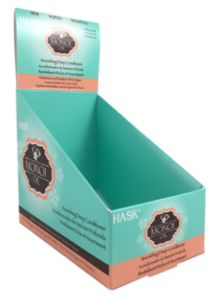
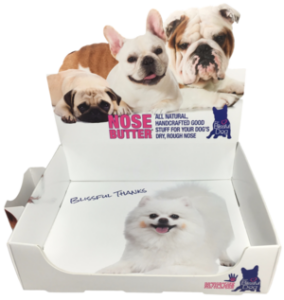
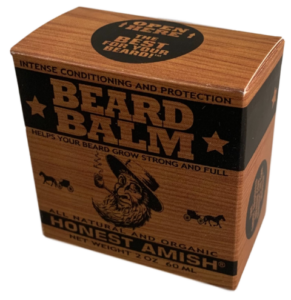
Rigid Setup Boxes
Rigid setup boxes look similar to folding cartons graphically because they typically use the same printing technology for the wrap that goes on the outside of the rigid box. That said, rigid boxes tend to be made of much thicker paperboard (2-6 times thicker on average) and have a different construction and manufacturing process compared to folding cartons.
The manufacturing process starts with paperboard blanks being cut and scored to the correct size for the project. The box is then constructed to the correct structure and the corners and critical areas get taped, so the box remains “setup”. The final step is to wrap the paperboard structure with a printed sheet of paper called a Rigid Setup Box Wrap, which is essentially a high-end quality piece of printed paper with the customer’s graphics. The wrap hides the raw material and solidifies the construction of the rigid box.
Rigid setup boxes arrive to the customer already “setup” and do not typically require additional labor to construct. This is where the name originated since the box arrive already “setup”. All the customer must do is put the product in the box and it is ready to go! Therefore, rigid boxes are great for companies that hand load their product since they don’t have to allocate extra labor to setup the box. However, because of the multiple manufacturing steps and thicker material, rigid boxes are more expensive than folding cartons and not used in as many applications. Common industries for rigid boxes include electronics, food, medical device, gifting, confectionery, candle, marketing, and other luxury good industries.
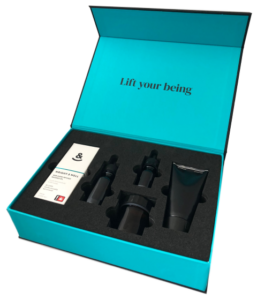
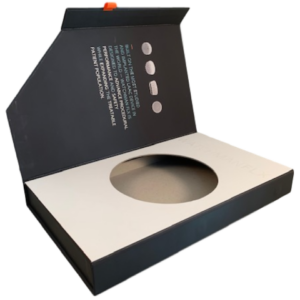
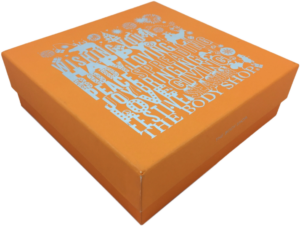
Your Next Project
Rigid Boxes and folding cartons are both great options for your next packaging project. They tell your customer that you care about their experience, and that you have put a lot of thought into your products and overall brand. Your design options are practically endless! Work with a team that cares and Contact PAX Solutions for your next packaging project. No new projects coming up..? Let us improve your existing packaging!

